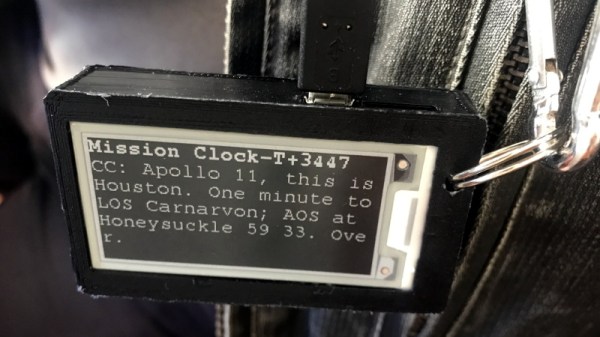In our search for big-box convenience, we tend to forget that locksmiths once not only copied keys but also created complex locks and other intricate mechanisms from scratch. [my mechanics] hasn’t forgotten, and building a lock is his way of celebrating of the locksmith’s skill. Building a combination lock from a single stainless bolt is probably also showing off just a little, and we’re completely fine with that.
Granted, the bolt is a rather large one – an M20x70 – and a few other materials such as brass rod and spring wire were needed to complete the lock. But being able to look at a single bolt and slice it up into most of the stock needed for the lock is simply amazing. The head became the two endplates, while the shank was split in half lengthwise and crosswise after the threads were turned off; those pieces were later turned down into the tubes and pins needed to create the lock mechanism. The combination wheels probably could have come from another – or longer – bolt, but we like the look of the brass against the polished stainless, as well as the etched numbers and subtle knurling. The whole thing is a locksmithing tour de force, and the video below captures all of it without any fluff or nonsense.
If working in steel and brass isn’t your thing, fear not – a 3D-printed combination lock is probably within your reach. Or laser cut wood. Or even plain paper, if you’re not into the whole security thing.
Continue reading “Turning A Single Bolt Into A Combination Lock”




















